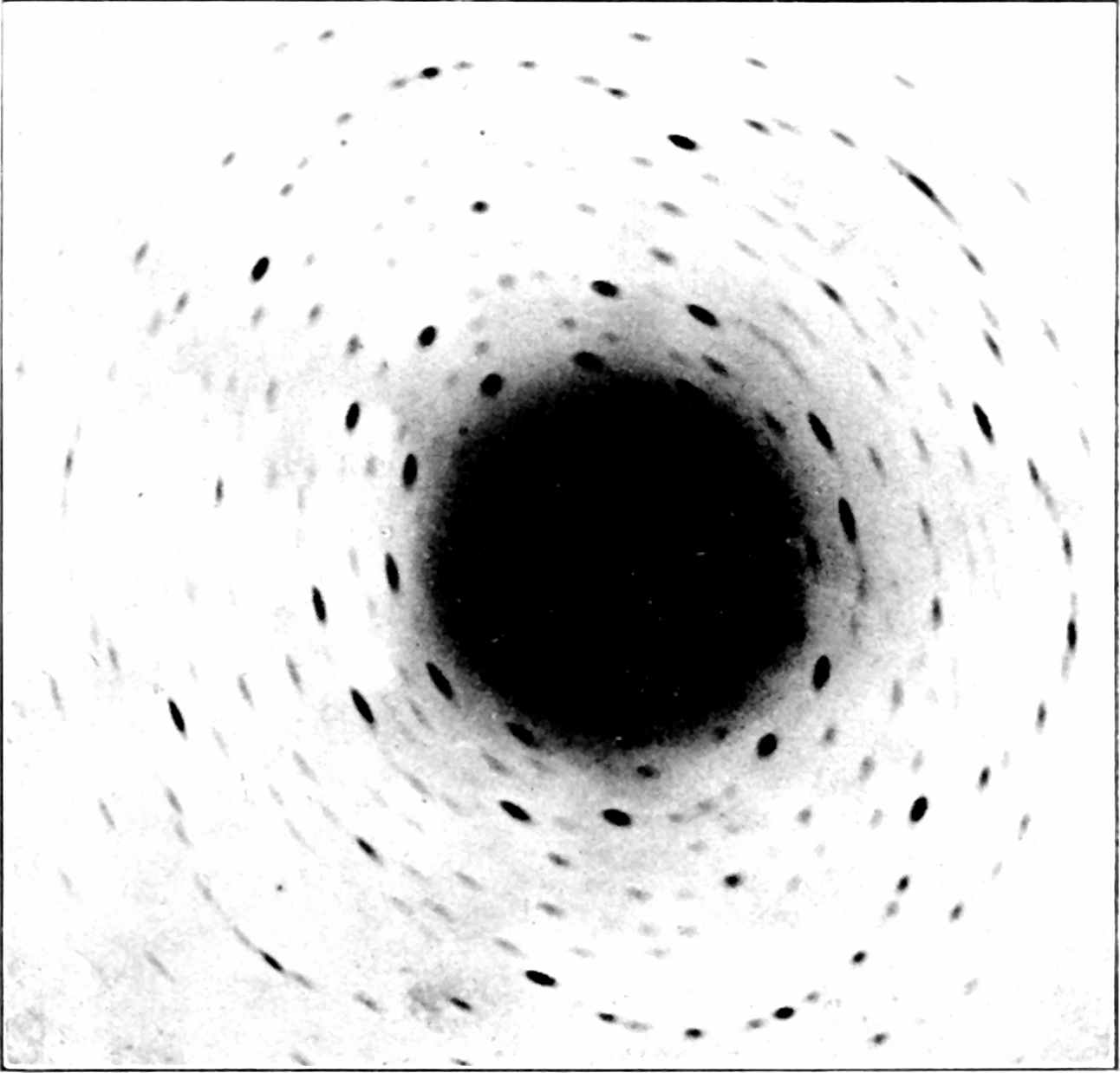Scattering transforms
2022-03-16 — 2022-08-30
Wherein scattering transforms are presented as constructions that are derived from wavelets and convolutions, and are shown to encode translation and rotation invariance and higher moments of random fields.
Placeholder.
Transforms land somewhere between wavelets and convnets, which can encode some desirable invariances (translation, rotation), and multiple moments of a random field. This is not the same thing as scattering theory in physics, although presumably if I read deep enough, I will find that the scattering transforms are named for scattering theory.
More than that I do not know. The original authors do, though; (Bruna and Mallat 2013; Mallat 2012). S. Cheng and Ménard (2021) summarises some recent research in scattering transforms.
1 Interesting applications
Astronomy! (Greig, Ting, and Kaurov 2022; S. (程思浩). Cheng et al. 2020) Via Yuan-Sen Ting.
